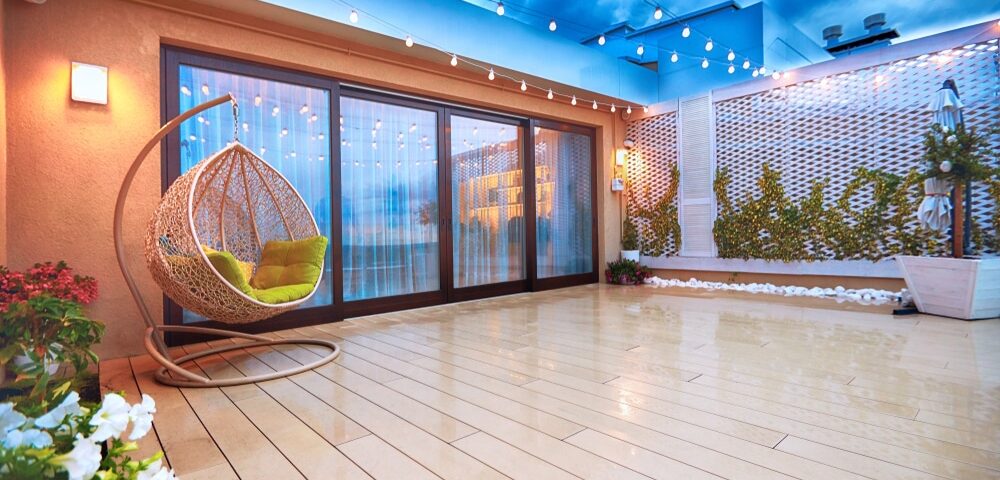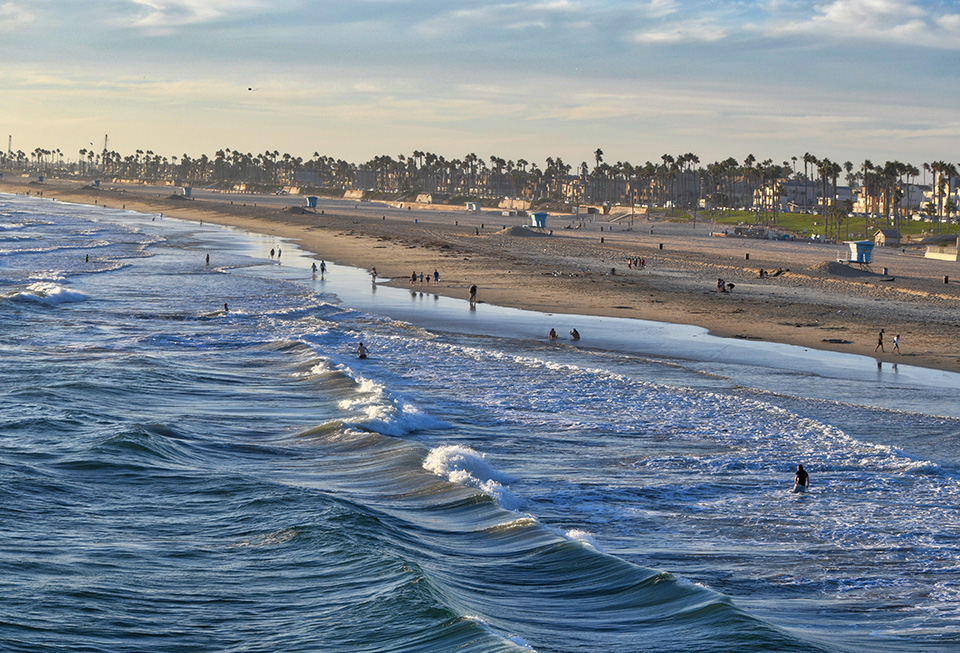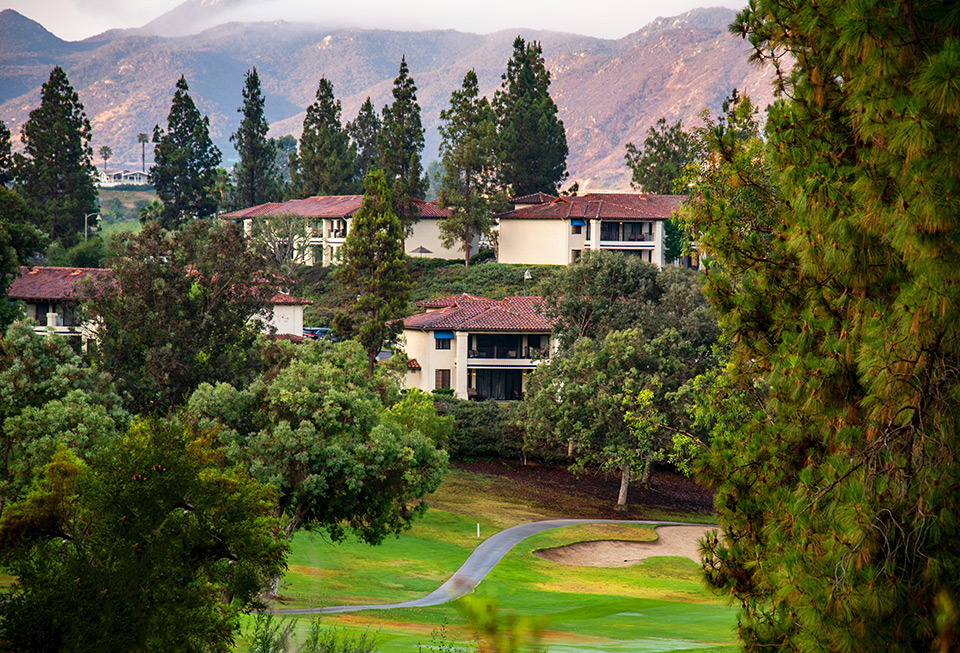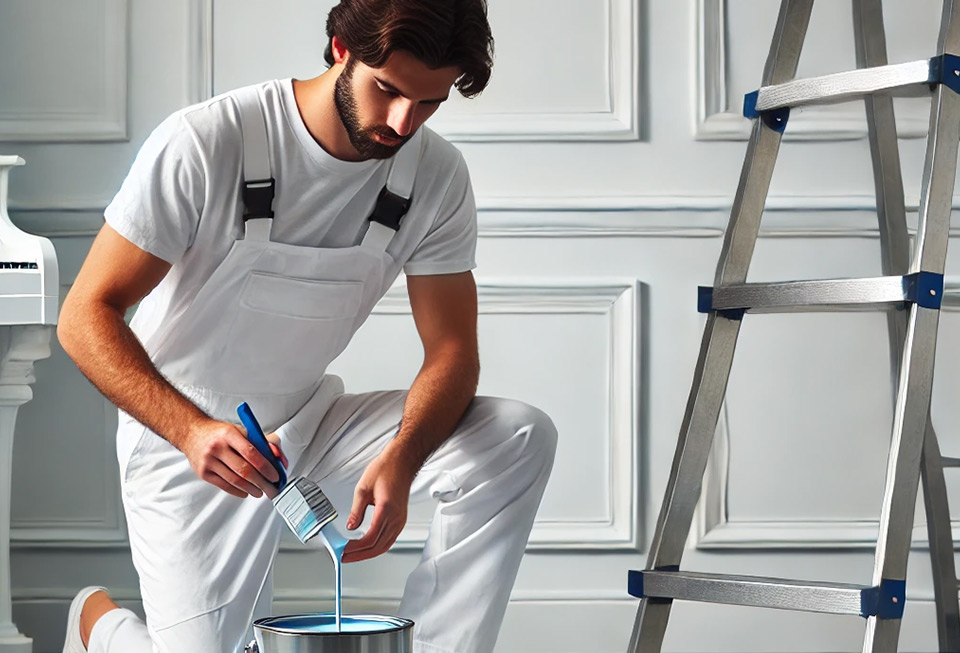
Tips for choosing the right paint (that nobody tells you about)
March 11, 2021
How to add a twist to your next home painting project
March 30, 2021Like me, do you have an insatiable desire to keep every part of your home looking fresh and clean?
If your answer is yes, you might already be looking at ways to upgrade how your walls, tiles, and windows look. Most people, however, overlook one very important element of their home: their patio!
Patios are the ultimate summer must-have, aren’t they? Whether you’re gathering for a family-only BBQ, a personal “wine tasting” session, or a chat with your loved ones, these areas see plenty of activity. We relax, entertain, and even eat in this quaint outdoor feature of our homes.
It makes perfect sense, then, to protect your precious concrete (or paving stones). The question is, how can you go about this without wasting time and money?
While it’s not strictly necessary to seal your patio, many professionals (myself included) recommend this so you can protect it from exposure to the elements and unfortunate spills and stains.
In this post, I explain the pros and processes of patio sealing if you know nothing about it. Feel free to get in touch if you have any questions!
Why I recommend sealing your patio
Most patio surfaces are porous and attract grime, dust, and stains. Sure, you can do the occasional pressure wash to remove these, but sealing makes maintenance much easier.
If you don’t maintain your unsealed patio, it can become very dirty and attract permanent stains that are impossible to get rid of even with pressure washing. Unsealed patios that use paving stones can also attract vegetation growth in the gaps between them, making an unkempt, unpleasant sight in your garden. Sealing prevents this as it seals the soil between the stones.
Sealing your patio also keeps it looking as new as the day it was installed—and who doesn’t want that?
Sold on sealing? Here’s what you need to know
If you’re already in love with the idea of patio sealing, here are a few things you need to know before you start spraying any sealant.
- It is generally recommended that the sealing is done one year after the installation. Sealing it earlier could trap efflorescence and cause unsightly white marks to appear.
- You might also want to consider the finish you want. Matte sealants make patios look natural while wet-looking sealants add a shiny and vibrant finish.
- Preparation is very important before the sealing process. You need to wash, sweep and eliminate any vegetation to help the sealant stick better to the surface. If your patio has any stubborn stains, you might need to hire a professional cleaning service.
- After cleaning it, start applying the sealant. Applying the sealant is similar to applying paint, and I suggest that you use a sponge roller instead of a nap roller or a brush because these attract sand particles and leave a grainy finish. You can also get better coverage by spraying the sealant.
- Remember to keep a wet edge and only stop applying the sealant when the area is completely sealed!
- Long-term maintenance should also be considered when you’re sealing your patio. Reapplication of the sealant every three to five years is generally enough for most patios. Just make sure you always use the same sealant because different sealants can cause chemical reactions and affect how this area looks (and trust me, that’s a risk you don’t want to take!).
Get onboard with patio sealing to boost the value of your home and garden!
We often overlook patio sealing when we’re thinking about home improvement projects, but it’s something that can really add to the look and feel of our spaces. It protects this area from stains, damage, and corrosion, and gives it a nice and fresh finish.
Get onboard with patio sealing and change how you spend your downtime or entertain guests!



